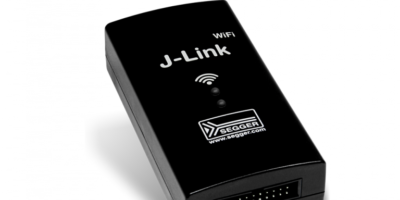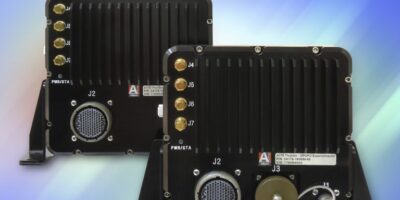USB and Wi-Fi interfaces are included in the J-Link WiFi, the latest member of the J-Link family of debug probes from Segger.
The company says that any software compatible with J-Link can use the J-Link WiFi model.
Removing the physical connection between J-Link and the host opens up opportunities for monitoring and debugging robots, vehicles, drones or other devices with moving parts. They can be monitored or debugged on the move or from a distance. Physical disconnection provides electrical isolation and J-Link over Wi-Fi accesses air-sealed environments.
The J-Link WiFi comes with Ozone, J-Flash, Monitor mode debugging, and unlimited flash breakpoints. It delivers a high download and debug speed that is not possible with other options such as Bluetooth.
The probe was created in response to customers’ requests, who, when using the J-Link Pro in combination with a Wi-Fi bridge, says Alex Grüner, CTO at Segger. “Now . . . this new model, [makes] J-Link debugging easily available for mobile applications. Customers can now do wireless debugging with the legendary speed and reliability of J-Link.”
Like the J-Link Pro, the J-Link WiFi is supplied with a built-in web server and can be accessed from any computer on the network or even outside using the J-Link Remote server.
Segger Microcontroller has over 25 years’ of experience in embedded computer systems, producing software libraries and offering hardware tools (for development and production) and software tools.
Segger provides a real-time operating system (RTOS) plus a complete spectrum of software libraries including communication, security, data compression and storage, user interface software and more.
The company’s professional software libraries and tools for embedded system development are designed for simple usage and are optimised for the requirements imposed by resource-constrained embedded systems. The company also supports the entire development process with affordable, high-quality, flexible, easy-to-use tools.
The company was founded in 1992 and is privately held. It has a US office in the Boston area and branch operations in Silicon Valley and the UK, with distributors on most continents.
Segger’s software is not covered by an open-source or required-attribution license and can be integrated in any commercial or proprietary product, without the obligation to disclose the combined source.







